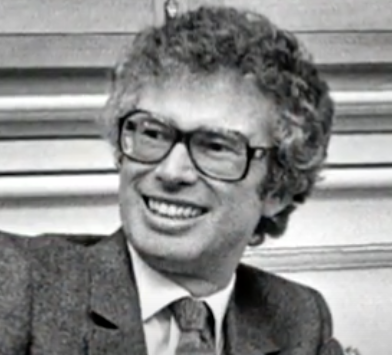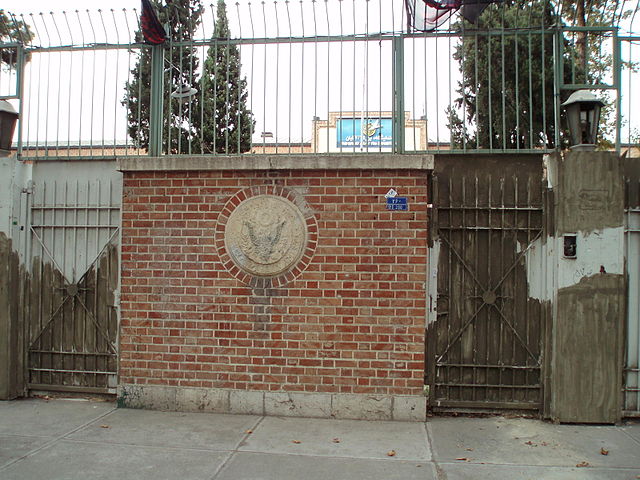Risking his own freedom, Canadian ambassador Kenneth Taylor upheld diplomatic decorum and the international rule of law in the face of a tyrannical and dangerous regime.
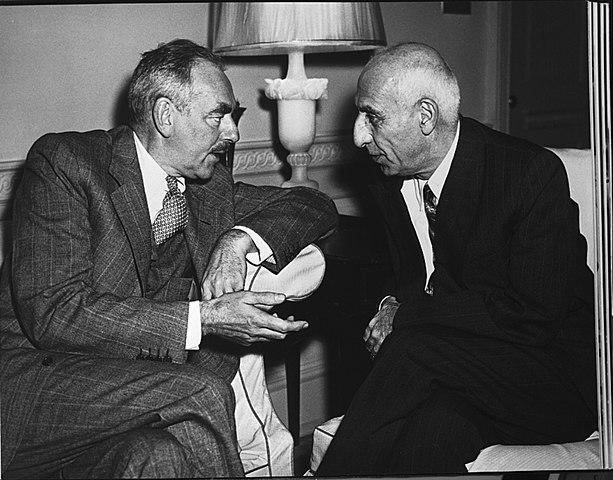
The Shah of Iran appointed a popular veteran politician, Mohammed Mossadeq, in April of 1951. Mossadeq quickly announced his intention to nationalize the Anglo-Iranian oil company, prompting the Anglo-Iran hierarchy to withdraw refinery operatives and block Iranian oil from the world market. The resulting economic downturn was unpopular but the embattled Mossadeq refused to waver. By 1953, the British were no longer the imperial power that could crush such a quasi-colonial upstart. But the US, under the newly installed Eisenhower administration, was already involved in Cold War conflicts in Korea and elsewhere and Iran, with a viable domestic Communist party and geographic proximity to the Soviet Union was another country run by an unpredictable individual who might embrace Moscow. This, and Mossadeq’s October, 1952 severing of all British diplomatic ties, precipitated clandestine US intelligence activity.
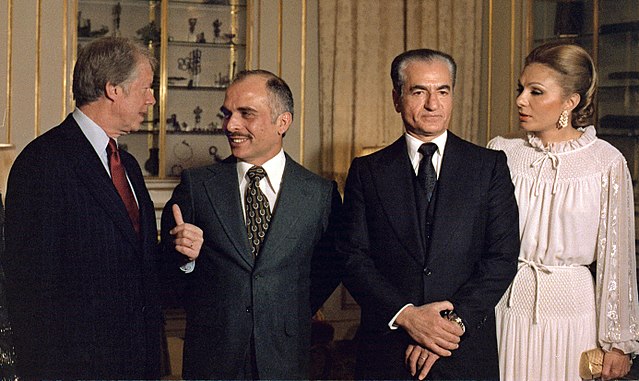
By 1978, even with the advent of the Carter administration and its focus on human rights, the Shah remained an important game piece of American international geopolitics and the US government’s tone deaf attitudes toward the growing national revulsion toward the Shah only intensified the anger of the Iranian people.

All of the American escapees were eventually able to watch television and see footage of their comrades. Blindfolded, their hands bound, it was clear that the hostages were under great duress. Although spokesmen for the Student dissident group maintained that the detainees were being treated humanely, actually they were all subjected at minimum to physical restraints and verbal abuse and some, those suspected of being intelligence operatives were harshly interrogated, beaten, forced to endure mock executions and placed in solitary confinement in actual prison cells.
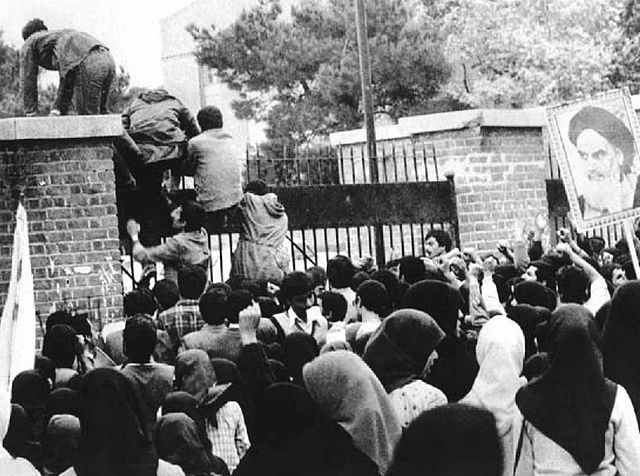
On the morning of November 4, 1979 a boisterous mob of protesters gathered in front of the US embassy in Teheran, Iran. Such demonstrations were frequent occurrences, the result of the political upheaval that marked the transition of Iran from an absolute, western aligned monarchy to an unaligned Islamic republic. On this day, the behavior of the crowd was markedly different with individuals, initially mostly women to discourage armed embassy Marine sharpshooters, beginning to deliberately scale the walls of the embassy compound. Some of the invaders carried bolt cutters which were used to sever the locks securing the embassy entrance and soon hundreds of individuals were pouring into the 27 acre embassy enclosure.
Podcast: Play in new window | Download
Subscribe: RSS

